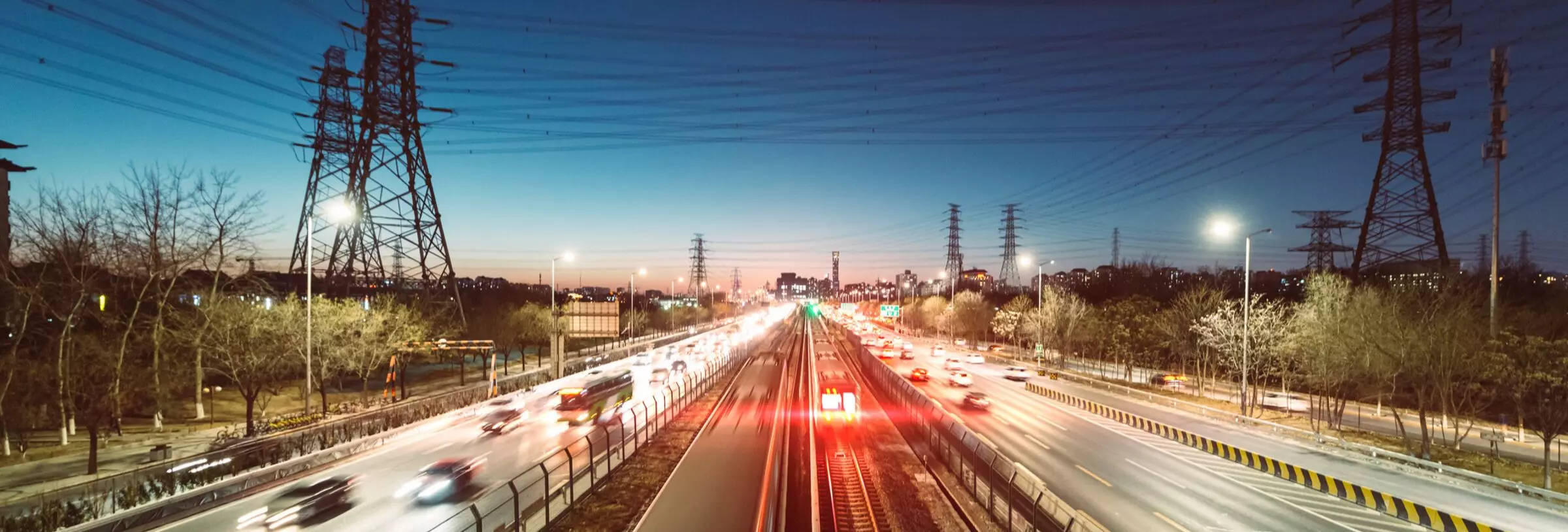In an October 23 Los Angeles Times article, reporter Ronald D. White describes a lawsuit filed by the NRDC against a proposed project to replace the aging, seismically unsafe Schuyler Heim Bridge with a new modern bridge that will also bypass three existing stoplights and five existing railroad crossings.
This is not the first project designed to ease traffic congestion and to facilitate the movement of goods in and around the Port of Los Angeles, and while the lawsuit alleges potential environmental problems with the project, it ignores the vast benefits projects like these generate for the public. The high-profile, $2.4 billion Alameda Corridor project stands as perhaps the largest recent example of an immensely successful and beneficial project.
In addition to providing major improvements to the way goods flow within the Los Angeles basin, the public also reaps significant benefits from the Alameda Corridor project through reduced pollution previously created by slow-moving trains and idling cars waiting at train crossings. ACTA's Pacific Coast Highway Grade Separation project created similar benefits
Infrastructure projects provide another immediate public benefit: they create jobs. Mr. White's article quotes John Husing, an economist who follows international trade, who sums it up nicely:
"Are the ports going to be an economic engine or are we going to drive that business to other ports?" he said. "Unemployment is a health issue too."
According to the Alameda Corridor Transportation Authority, the Bridge Replacement and SR-47 Expressway project the NRDC is challenging will also generate the following benefits:
- Replaces the seismically-deficient Schuyler Heim moveable bridge with a new safer fixed bridge
- Creates an expressway between Ocean Blvd. on Terminal Island and Alameda St. at Pacific Coast Highway
- Enhances mobility on local freeways by diverting 5-8% of the port-related trucks
- Diverts trucks from certain local arterials and commercial and residential areas
- Facilitates future improvements to the Long Beach I-710 Freeway
- Provides alternative route to the existing near-dock rail yard
- Eliminates traffic conflicts at 5 at-grade rail crossings and 3 traffic signals
Finally, as an eminent domain attorney, I can't help noting that major infrastructure projects such as this one could likely never happen absent the government's power to acquire property through eminent domain. Indeed, few projects involving substantial right-of-way could ever be built if the government could not condemn the needed right of way as a last resort.
- Partner
Rick Rayl is an experienced litigator on a broad range of complex civil litigation issues. His practice is concentrated primarily on eminent domain, inverse condemnation and other real-estate-valuation disputes. His public ...
Eminent Domain Report is a one-stop resource for everything new and noteworthy in eminent domain. We cover all aspects of eminent domain, including condemnation, inverse condemnation and regulatory takings. We also keep track of current cases, project announcements, budget issues, legislative reform efforts and report on all major eminent domain conferences and seminars in the United States.
Stay Connected
 RSS Feed
RSS Feed
Categories
- Administration
- Appraisal
- California
- CLIMATE CHANGE
- CONGRESS
- Construction
- Court Decisions
- EPA
- Events
- Goodwill
- GOVERNMENT ADMINISTRATION
- Inverse Condemnation & Regulatory Takings
- Lawsuit
- New Legislation
- Possession
- Projects
- Public Agency Law
- Publications
- Redevelopment
- Regulatory Reform and Proposed Rules
- Right to Take
- Right-of-Way
- Seminars
- Speaking Engagements and Presentations
- trial
- Valuation
- Videos
- Water

